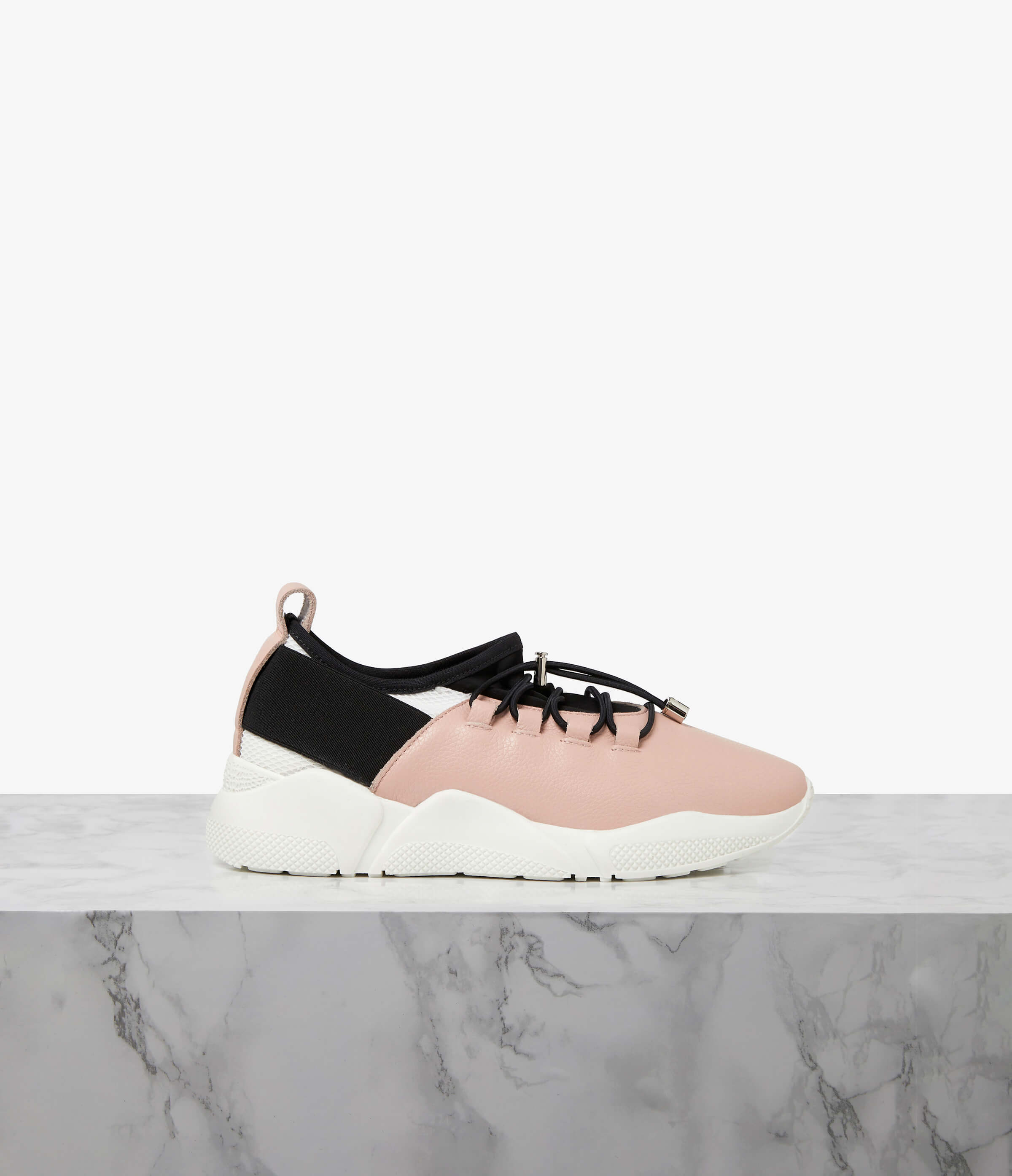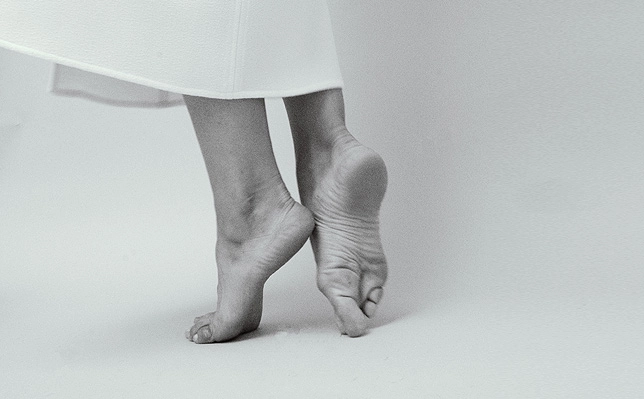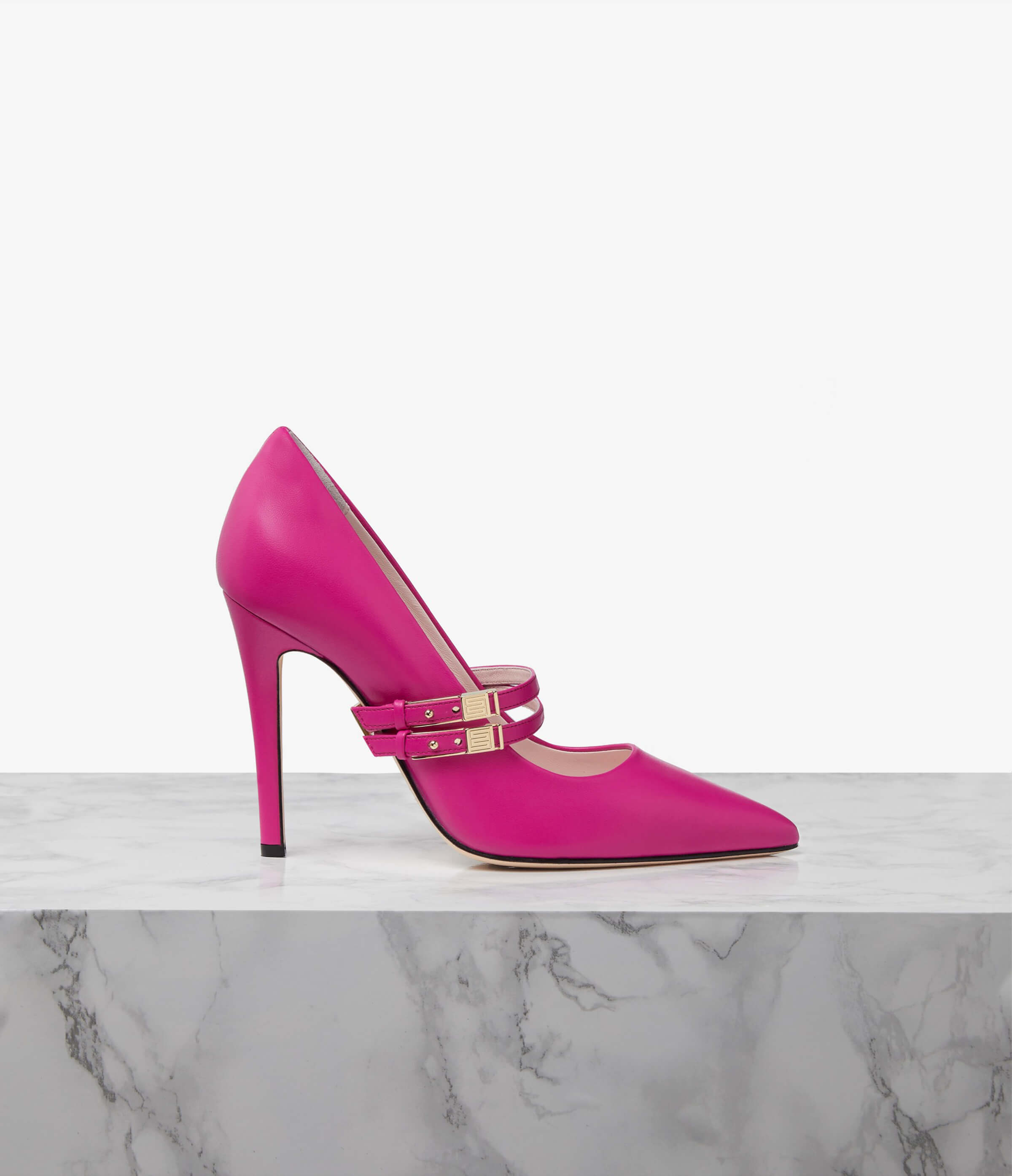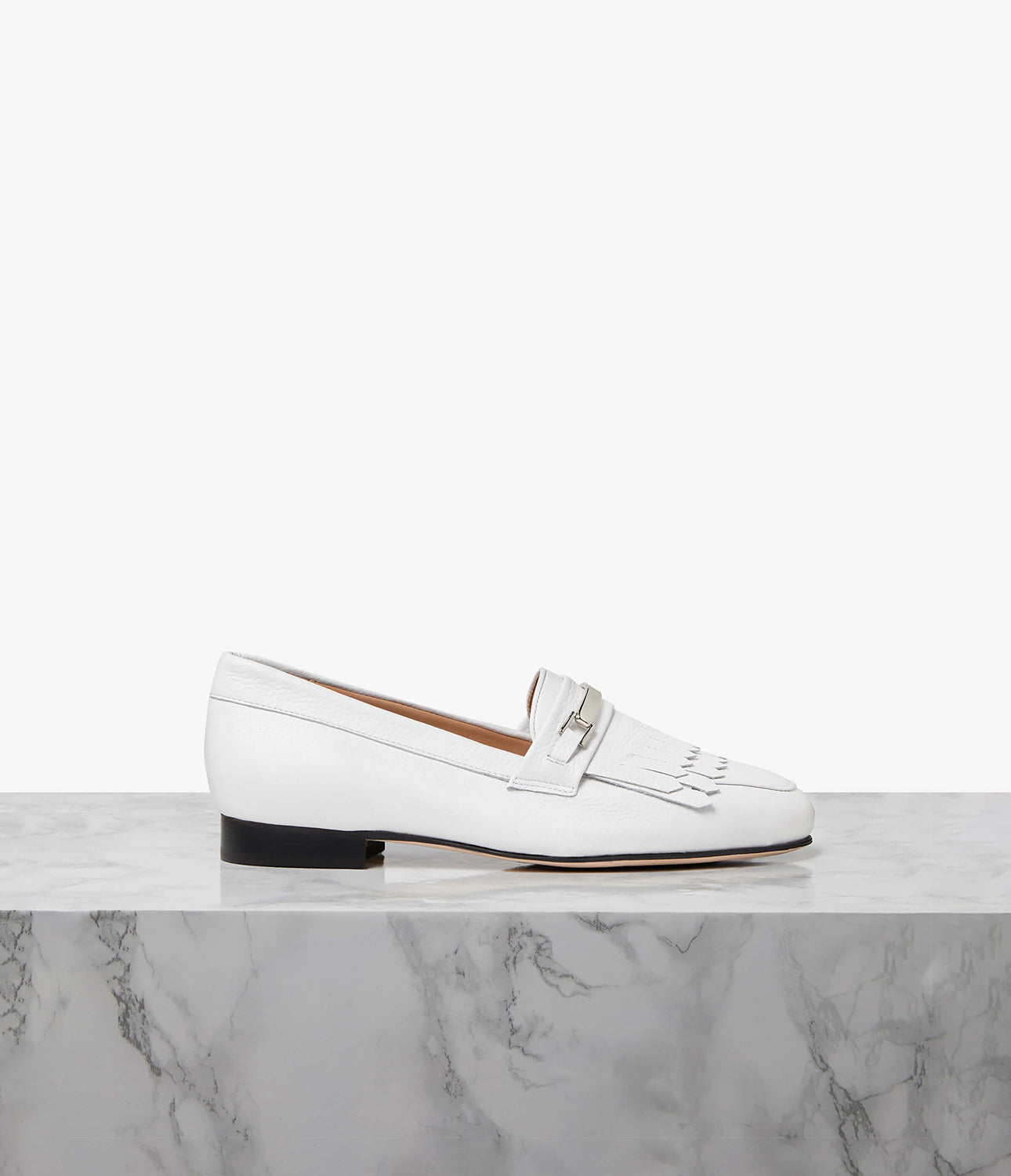While high arches are less common than their counterpart (flat or fallen arches), this foot type requires just as much care.
Despite the fact that it can be challenging to find the best shoes for high arches, it’s by no means impossible, when armed with the right knowledge. We caught up with our in-house foot expert, Amanda Lau, to tackle everything you need to know: from figuring out if you have them to finding the best shoes for high arches.
What are the best shoes for high arches?
-
Making sure your shoes are well cushioned will provide extra support to compensate for what your high-arched foot just isn’t able to do. Having some level of cushioning in your shoe can help to soften the impact of walking and reduce strain on your feet.
-
With this foot type, you want to avoid anything that can irritate your instep, such as laces or seams that run across the top of your shoe to prevent further discomfort. Similarly, ensuring that there’s enough volume in the shoe (to accommodate the natural height of your foot) essential to avoid that uncomfortable cramped or push-back feeling on the top of your foot.
-
Completely flat shoes don’t provide any support for your arches so choosing a flat shoe with a small heel is a good idea. A heel height of 20mm is small enough not to notice as you’re walking but will help to support your arches as you go about your day. A heeled boot is a great example of the type of shoe that might work well to support a higher arch without compromising on aesthetics. The elevated heel, in this instance, pushes the arch into a more natural position while removing some of the strain it would usually bear in a flatter style.
-
If you wear orthotics for your high arches, try to choose a shoe with a removable footbed so you can easily slip in any insole or additional support you need. When choosing open toe shoes, try to find designs which have some adjustment over your instep and ankles so that you can adjust the pressure placed on your arch.
-
Alternatively, look for shoes that do not cover the instep at all. Finally, it's important to invest in flexible leathers and a full-leather lining which can better accommodate a high instep comfortably.
ASK THE EXPERT

Amanda Lau
Podiatrist
Amanda is a Specialist Musculoskeletal and Sports Podiatrist who’s worked with the likes of Nike and the RAF. After treating everyone from professional athletes to busy working mums, she knows first hand how crucial your footwear is for avoiding daily discomfort or even damage to your feet.
How do I know if I have high arches?
The easiest way to understand a high arch foot (medically known as a ‘Pes Cavus’), is by looking at it as the complete opposite of a flat foot. The midfoot bones ‘stack together like a bridge so the arch of your foot doesn’t touch the floor. Like many other foot types, high arches can be congenital (you’re born with them) or, less commonly, can develop over time as the result of another medical condition.
No matter when your high arches developed, a quick way to see the extent of your arch is to stand with your full weight on your feet - if you have high arches, you should be able to see the curve of the arch clearly lifted above the ground on the inside of your foot.
Not having your arch touching the floor when you walk can lead to more forefoot pressure compared with other foot types.
Why can high arches be problematic?
Having high arches can reduce the foot’s ability to absorb shock effectively. Properly addressing this lack of natural shock absorption can be extremely important in reducing the likelihood of experiencing injury or longer-term problems. Many people with high arches often complain of tight calves, stiff feet, hammertoes and callouses-symptoms that can be exacerbated if you also have wider feet.
Ensuring that you’re buying the correct footwear, for example, shoes for high arches and wide feet is important if you want to reduce the likelihood of injury.
-v1694779865963.jpg?2400x2790)
-v1694779895509.jpg?2400x2790)



